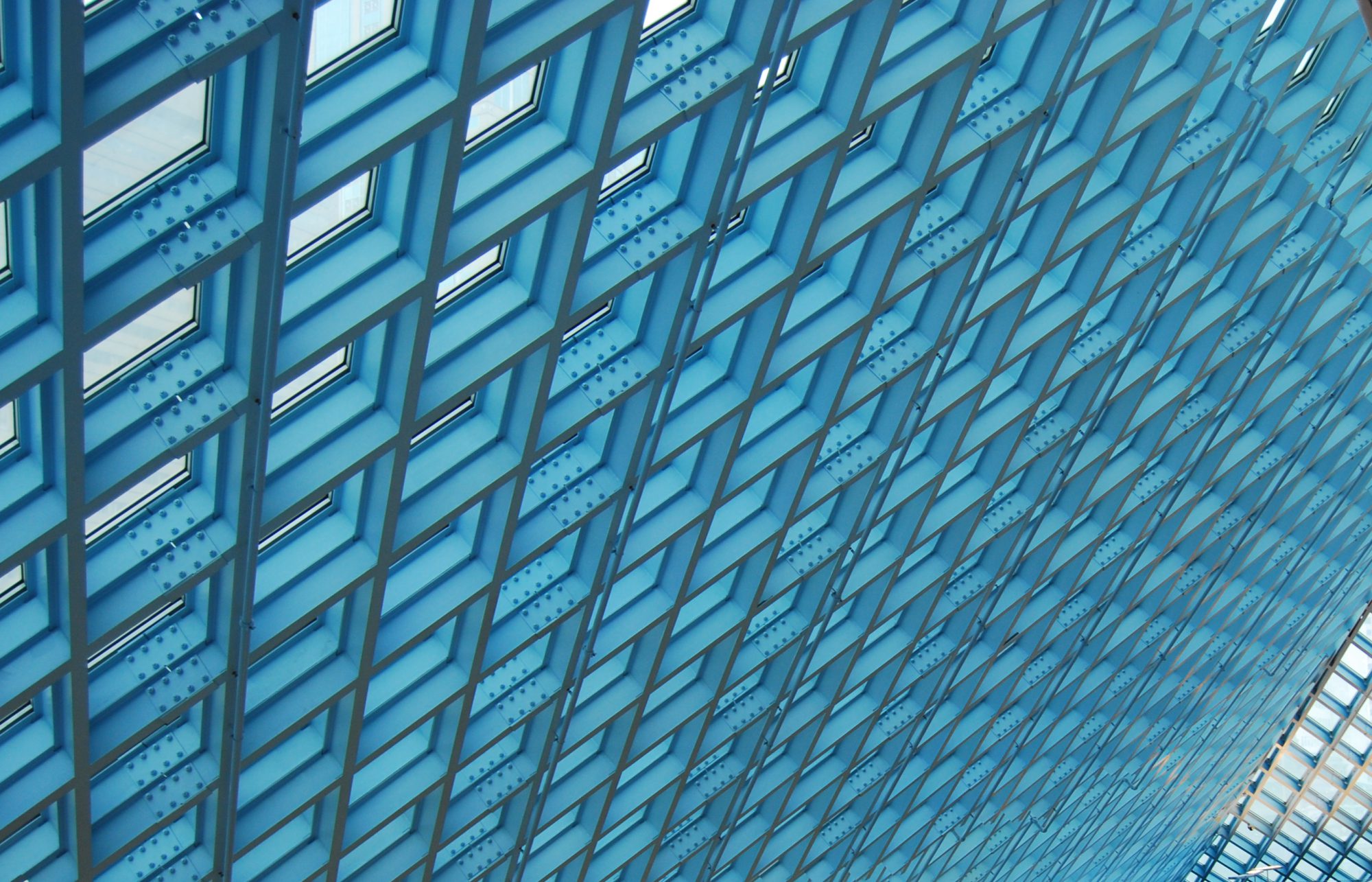
An example two-term course outline can be found on this page. All of the topics in this two-semester course can be taught from our website, with the exception of plasticity (just move your cursor over “solid mechanics,” above, and choose a topic).
Our solid mechanics resources assume the reader is familiar with undergraduate statics, mechanics of materials, and basic structural analysis, whether that is Finite Element Analysis (FEA) or something else. On this website, “solid mechanics” is referring to graduate-level solid (continuum) mechanics. Modern solid mechanics describes the physics behind today’s FEA codes that are used by engineers, graduate students, and researchers in structural, mechanical, aerospace, and bio-engineering.
We cover hyperelasticity, hypoelasticity, and linear infinitesimal elasticity, as well as provide commentary on finite element implementation. We also provide some descriptions of “state of the art” rubber models (2007+) that are being used in research. Our solid mechanics material presented on this website is prerequisite knowledge for users of software like LS-DYNA and ABAQUS, as well as for researchers who wish to study more advanced topics such as damage in metals, rate-dependent rubber behavior, and carbon fiber CFRP (plasticity, viscoelasticity, and anisotropy, respectively).
Within our solid mechanics webpages, the physics is derived, and, in many cases includes every algebraic step. Nevertheless, graduate-level solid mechanics is an intense subject, especially if the reader has not previously encountered “tensors.” With this in mind, our presentation of solid mechanics is quite physical and concept-driven, and the more elaborate derivations have been moved to the appendix.
Aaron would like to acknowledgement the following people:
I have been fortunate to have received tremendous support throughout my life from many individuals, but in particular from my parents, David and Deanna. Throughout my schooling, they always knew just what to say to help keep me motivated. I would also like to acknowledge other individuals that have made possible the completion of this text. Gilbert Hegemier, who headed the Department of Structural Engineering at UCSD in 2009, convinced me to pursue my doctorate at UCSD, where I was lucky enough to have access to teachers and scholars that are unrivaled in solid mechanics. In particular, the teaching and writings of Vlado Lubarda, David Benson, and Anne Hoger-Conn stimulated my interest in the subject. In addition, some of the subject matter herein has been adapted from my lecture notes from courses taught by the aforementioned individuals.
